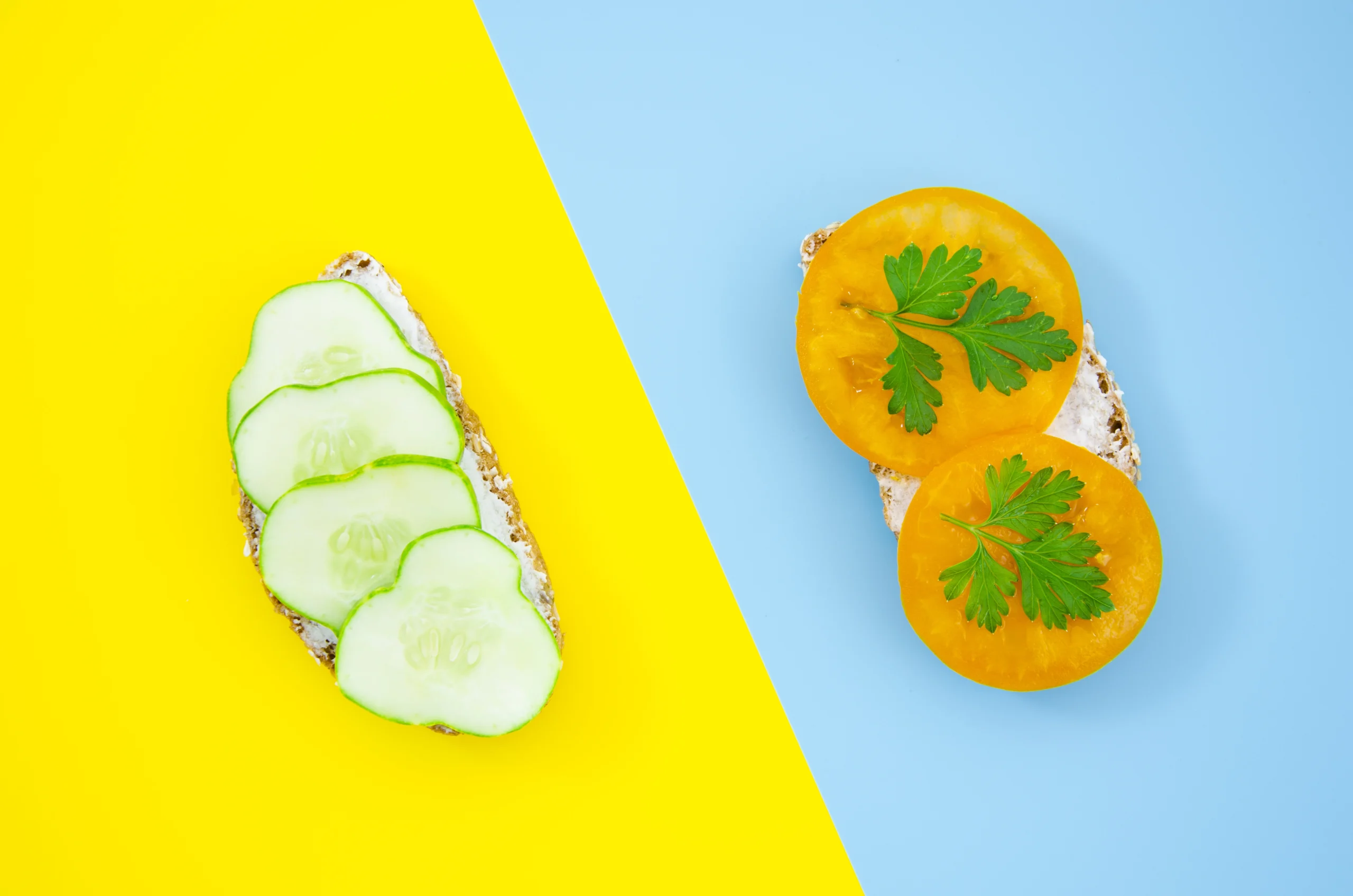Crocs Nutritional Value: What Happens if You Eat Them?
Wait… You Ate a Croc?!
Look, it’s okay. You wouldn’t be the first person to have a completely bizarre thought like this. Whether you stumbled onto a weird side of the internet, got lost in a late-night survival rabbit hole, or are just curious (we’re not judging), the idea of eating Crocs has probably crossed your mind at least once.
Maybe it was a joke. Maybe someone dared you. Maybe you’ve watched one too many survival reality shows where folks end up chewing tree bark or boiling leather. Whatever the case, you’re here now, and you’re wondering: Is it even possible to eat Crocs? Do they have any nutritional value?
Buckle up, because you’re about to find out exactly what happens when you try to turn your favorite foam clogs into a meal.
Table of Contents
What Are Crocs Made Of? (And Why That Matters)
Before you even think about taking a bite, you need to understand what Crocs are actually made of. And spoiler alert: they’re not designed to nourish your body.
Materials Breakdown
Crocs aren’t your average rubber shoes. They’re made from a proprietary material known as Croslite — a closed-cell resin that falls somewhere between plastic and rubber. More specifically, it’s a form of ethylene-vinyl acetate (EVA) foam, which is lightweight, water-resistant, and moldable.
Here’s what typically goes into a pair of Crocs:
- EVA foam (ethylene-vinyl acetate)
- Synthetic polymers and dyes
- Plasticizers (to make them flexible)
- Stabilizers and sometimes antimicrobial agents
Now, if you’re thinking, “That doesn’t sound edible at all” — you’re right.
Not Designed for Digestion
Unlike the gelatin in marshmallows or collagen in bone broth, the materials in Crocs serve zero biological functions. They’re non-biodegradable, resistant to heat and moisture, and certainly not digestible.
Even if you were to soften them up (say, by boiling or roasting), you’d still be consuming synthetic materials that your digestive system cannot break down.
Can You Eat Crocs in a Survival Situation?
So here’s where the question gets interesting. Imagine you’re stranded with no food in sight. Would gnawing on your Crocs keep you alive just a little longer?
The internet says yes — kind of. But the truth is… it’s complicated.
Survival Stories and Urban Myths
There are stories circulating online about soldiers or survivalists boiling their boots to extract a few calories. But those stories usually involve leather shoes, not synthetic foam footwear.
Some Reddit threads and survival forums speculate that chewing on a Croc might “buy you time” in extreme scenarios, but let’s be clear — they’re not food. They don’t provide calories, protein, or any essential nutrients.
What Happens if You Eat Them?
Let’s break it down into short- and long-term effects.
Short-Term Risks:
- Choking Hazard: EVA foam can block your airway or esophagus.
- Toxic Ingestion: Crocs aren’t food-grade. Consuming even small pieces might introduce harmful chemicals into your body.
- Nausea & Vomiting: Your stomach may immediately reject the foreign material.
Long-Term Risks:
- Gastrointestinal Blockage: Your intestines can’t digest plastic-like foam, which could lead to a serious, even fatal blockage.
- Potential Toxicity: While Croslite is marketed as odor-resistant and antimicrobial, ingesting its components could trigger chemical reactions in your body.
So yes, technically you can chew on a Croc in a survival scenario, but that doesn’t make it a wise decision — or a life-saving one.
Crocs Nutritional Value: Any at All?
This is the million-dollar question, right? If you’re asking whether Crocs have any calories, protein, or nutritional benefit at all, the answer is very clear: absolutely not.
Crocs were never designed to be food. They don’t contain any organic matter that your body can absorb. No carbohydrates. No fats. No proteins. Nothing you can metabolize.
Let’s Pretend: Imaginary Nutritional Profile of Crocs (Per 100g)
| Nutrient | Amount | Daily Value (%) |
|---|---|---|
| Calories | 0 kcal | 0% |
| Protein | 0g | 0% |
| Carbohydrates | 0g | 0% |
| Fat | 0g | 0% |
| Synthetic Polymers | 100g | N/A |
This table should give you a pretty good idea of what you’re working with — which is to say, nothing at all.
Are There Recipes Involving Crocs? (Spoiler: No, But Here’s a Joke One)
Okay, don’t take this seriously — but if you’re the type who likes reading weird, fake recipes for fun, here’s one we cooked up (pun absolutely intended).
Table – Recipe: Crocs Stew (DO NOT TRY THIS)
| Ingredient | Quantity |
|---|---|
| 1 Croc (Classic Style) | 1 unit |
| Saltwater | 1 liter |
| Duct tape (to seal regrets) | 1 strip |
| Seasoning (for false hope) | A pinch |
| Actual food (to survive) | As much as possible |
Instructions:
- Bring the saltwater to a boil.
- Drop in the Croc. Watch it bob like a cursed dumpling.
- Simmer for 12 hours.
- Remove, cool slightly, then don’t eat it. Just… don’t.
Health Risks of Ingesting Synthetic Materials
So, what exactly are the health risks if you decide to go full wild card and eat your Crocs? Here’s what your body might be in for:
Chemical Dangers
- Volatile Organic Compounds (VOCs) – Linked to respiratory issues and liver damage.
- Phthalates – Known endocrine disruptors.
- BPA – Tied to hormone disruption and various health problems.
Digestive Problems
- Crocs won’t dissolve in your stomach acid.
- The foam may swell, causing blockage or obstruction.
- Medical attention is almost guaranteed if ingestion occurs.
If you or someone you know has swallowed a piece of Croc material, call poison control or head to the emergency room immediately.
Are There Edible Shoe Alternatives?
Strangely enough, edible shoes are actually a thing — though they’re more of an art project or gag gift than a meal.
Here are a few edible shoe creations that won’t send you to the ER:
Edible Footwear Ideas:
- Chocolate stilettos – Frequently used in fashion-themed bakeries.
- Fondant sneakers – Popular in birthday cakes.
- Bread shoes – Seen in avant-garde cooking shows or viral social media trends.
Survival Food Alternatives
If you’re prepping for the worst, pack these instead of Crocs:
- Hardtack – Long-lasting, calorie-dense cracker
- MREs (Meals Ready-to-Eat) – Used by militaries worldwide
- Jerky – High-protein, easy to store
- Dried fruit or nuts – Nutrient-rich and lightweight
Conclusion: Stick to Wearing Crocs, Not Eating Them
So there you have it. While Crocs may be comfy, quirky, and even iconic, they’re not going to do you any favors if you’re looking to fill your stomach.
Here’s the bottom line:
- Crocs have zero nutritional value
- They can cause serious health issues if ingested
- They’re made of non-digestible synthetic materials
- You’re better off eating literally anything else (preferably food)
If you’re in a survival situation, focus on actual edible resources. And if you’re here out of curiosity — congrats, now you know more than 99% of the population about Crocs and human digestion.
FAQ: Crocs Nutritional Value & Edibility
Can you eat Crocs and survive?
In extreme cases, people might chew on them, but survival is unlikely. Crocs offer no nutrition and carry health risks.
What happens if I swallow a piece of Croc foam?
You risk choking or gastrointestinal blockage. Seek medical attention immediately.
Do Crocs have any calories or nutrients?
No. They contain zero digestible content and are not suitable for consumption.
Why do people ask about eating Crocs?
Curiosity, survival hypotheticals, internet humor, or bizarre trends can make people wonder.
Call to Action
Curious minds make for great readers. If you found this guide entertaining or insightful, share it with a friend who loves odd questions and quirky answers. Got another bizarre question you’d like us to explore?
👉 Drop it in the comments or send us a message — we might just cover it next!
And remember, next time you’re hungry… maybe open the fridge before you open your shoe closet.
Did you benefit anything?
There are no reviews yet. Be the first one to write one.

